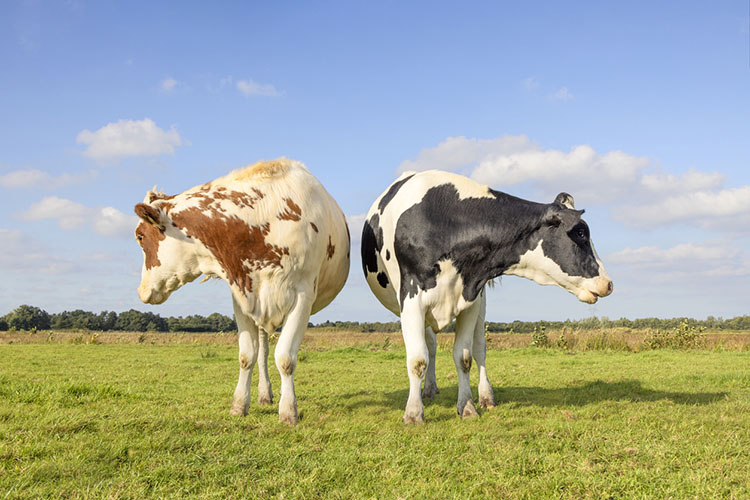
My niece stopped by for a school project last week. They were talking about “big digit problems” in math and looking at real-life examples where lots of numbers come into play.
Ranching was one of the examples given. And when the class was tasked with coming back with their own real-life example, my niece knew that our dairy farm would be a good one.
We started with the basics: cow and calf numbers and how the number of animals plays into all parts of a dairy operation, from mixing the right weights of feed in a ration to planning out how much feed we need to have for the year. We talked about how that all correlates hopefully to positive milk yields. She quickly caught on that we use a lot of math on a regular basis.
Our conversation eventually shifted to pay and budgeting, an obvious numbers question. Here’s where explaining how dairy farming payouts work in simplified terms even blows my mind. My niece’s fourth grade eyes got really big, and you could see the gears turning, as we stated that we don’t get paid, or even know exactly what our pay price will be, until after we’ve already had to pay our bills. Her obvious follow-up question was, “Doesn’t that make it hard to do business?”
Well, yes, it does. In fact, putting it out there so simply for her brought it all to the forefront of what a backward business we are in. If elementary students can understand that it is no way to do business, why do we just accept it?

The author is a third-generation dairy farmer from Oregon where she farms in partnership with her husband and parents. As a mother of young sons who round out the family-run operation as micromanagers, Darleen blogs about the three generations of her family working together at Guernsey Dairy Mama. Abiqua Acres Mann's Guernsey Dairy is currently home to 90 registered Guernseys and transitioned to a robotic milking system in 2017.